#history of bauhaus
Text
The Bauhaus, 1919–1933

Paul Klee (Swiss, 1879-1940) • Senecio or Head of a Man Going Senile • 1922 • Kunstmuseum Basel, Switzerland
“A drawing is simply a line going for a walk.“ – Paul Klee
The Bauhaus was founded in 1919 in the city of Weimar by German architect Walter Gropius (1883–1969). Its core objective was a radical concept: to reimagine the material world to reflect the unity of all the arts. Gropius explained this vision for a union of art and design in the Proclamation of the Bauhaus (1919), which described a utopian craft guild combining architecture, sculpture, and painting into a single creative expression. Gropius developed a craft-based curriculum that would turn out artisans and designers capable of creating useful and beautiful objects appropriate to this new system of living.
Read the rest of the essay here.
"Form follows function" (Bauhaus design principle)

Marcel Breuer (Hungarian-German, 1902-1981) • B3 “Wassily” Armchair • 1925 • chrome-plated steel, canvas upholstery • Metropolitan Museum of Art, New York City
"I am as much interested in the smallest detail as in the whole structure." – Marcel Breur

Annie Albers (German, 1899-1994) • Wall tapestry • Designed, 1925; woven, 1983
"Creating is the most intense excitement one can come to know." –Annie Albers
The Bauhaus was eventually closed under pressure from the Nazi regime, which branded the school, and modernism in general, as un-German.
#art#painting#fine art#art history#bauhaus#art school#history of bauhaus#walter gropius#paul klee#annie albers#marcel breuer#art & design#design#furniture design#oil painting#textile arts#german artists#early-mid 1900s art history#1900s art#woman artist#cubism#swiss artist#pagan sphinx art blog
50 notes
·
View notes
Text

Irene Rice Pereira
Black and White
c. 1940
#modern art#american art#abstract#abstract art#irene rice pereira#american painter#bauhaus painting#bauhaus women#bauhaus art#bauhaus#geometric abstract#abstract painting#abstraction#art history#women in art#women artists#black and white#black and white art#black and white painting#1940s art
835 notes
·
View notes
Text
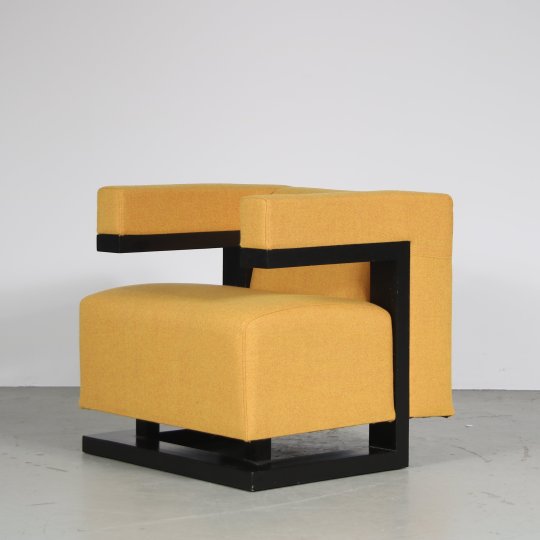
"F51" Easy Chair designed in 1920 by Walter Gropius for his Headmaster's Office at the Bauhaus. The present example is a 1980s edition by Tecta.
#1920s#modern design#bauhaus#easy chair#design history#walter gropius#german design#furniture design
294 notes
·
View notes
Text
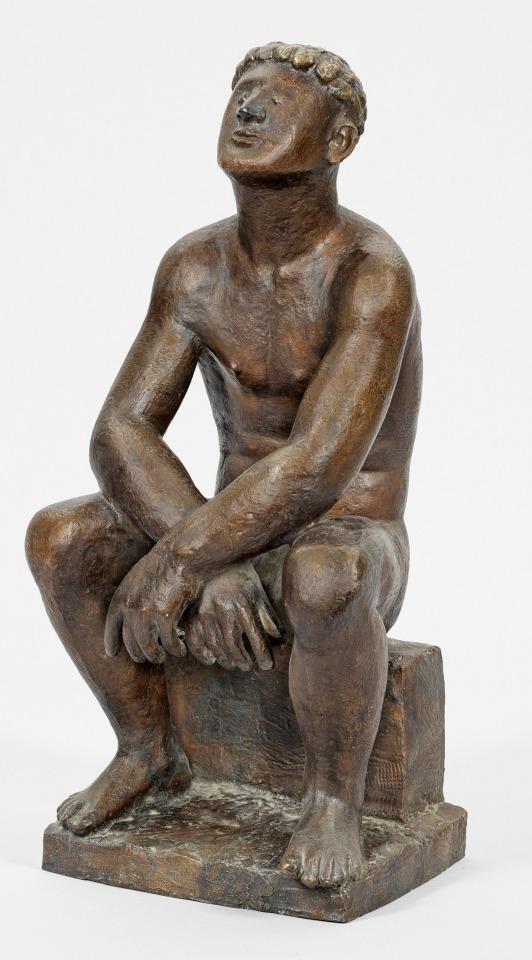
Gerhard Marcks - Sitzender Athlet (1965)
77 notes
·
View notes
Text

a guardian angel serves a small breakfast. paul klee. 1920
464 notes
·
View notes
Text

Die Farbige (The Colorful Woman), 1929. Paul Klee, 1879 - 1940. Watercolor and pencil on paper laid down on the artist's mount.
Though not Jewish, Klee was falsely labeled such by the Nazis, further fueling their animosity towards him and his art. This misattribution played into fascist anti-Semitic ideology and fueled their attacks on his work.
#art#paul klee#expressionism#pintura#watercolor#painting#peinture#pittura#censorship#histoire#history#bauhaus#pencil#mixed media
70 notes
·
View notes
Text

141 notes
·
View notes
Text
I know it's a complicated matter, but there's really something very telling about a painter born into an Armenian family in Crimea, with an Armenian birth name, buried in an Armenian church, being always referred to as a "Russian painter"
Yes he was born in what was then the Russian Empire but why should the identity of the empire be the one prioritised here?
#hovhannes aivazian#ivan aivazovsky#imperialism#cultural identity#thoughts#kandinsky is always a *russian painter* even though he lived in germany and france for considerable portions of his life (Bauhaus anyone?)#art history#discourse
31 notes
·
View notes
Text
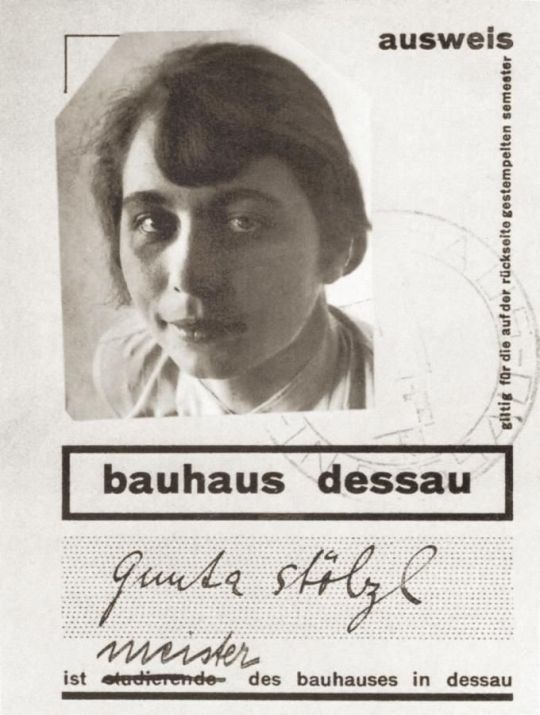




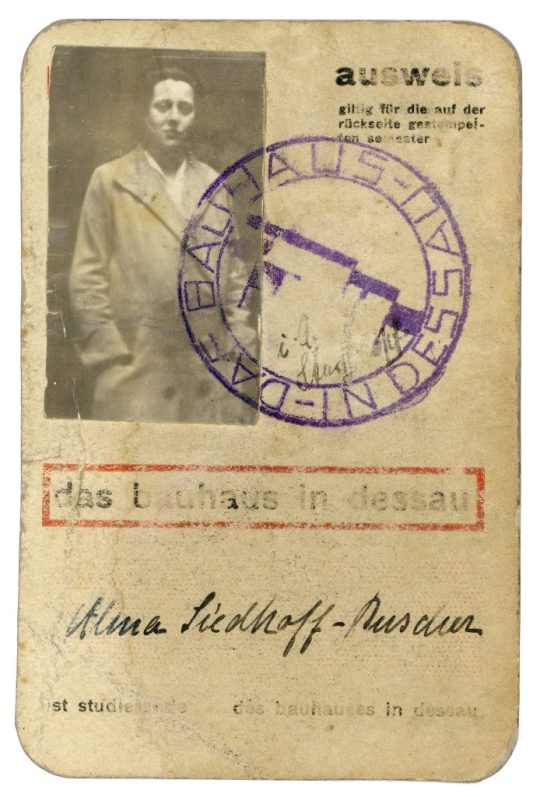

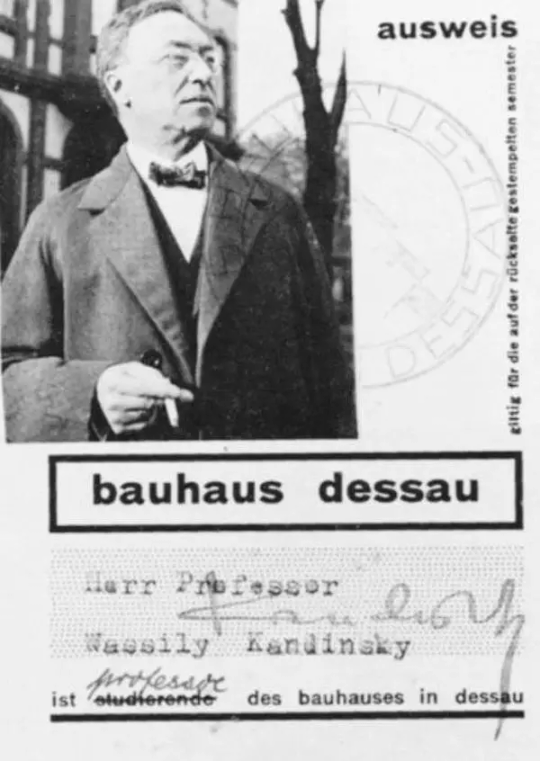
bauhaus student/professor ID cards
gunta stölzl/margaret leischner/herbert hirche/michiko yamawaki/ selman selmanagić/alma siedhoff-buscher/alfred arndt/
wassily kandinsky
#bauhaus#bauhaus dessau#wassily kandinsky#gunta stölzl#modern art#modern architecture#art#german art#bauhaus masters#design history#bauhaus berlin#mine
51 notes
·
View notes
Text

The women of the Bauhaus.
Dessau. 1926.
12 notes
·
View notes
Text
It’s July 11th, meaning it is both Peter Murphy’s birthday and the anniversary of the release of Joy Division’s Substance, two important days in goth history.
#trad goth#goth history#post punk#Peter Murphy#Bauhaus#Joy Division#80s goth#80s post punk#July 11#Joy Division's Substance#Substance by Joy Division#Joy Division Substance#Substance#Ian Curtis#gothgoth#gothblr#know your history
216 notes
·
View notes
Text

Wassily Kandinsky (Russian, 1866-1944) • Composition 8 • 1923 • Guggenheim Museum, New York City
Composition VIII was the artist’s first methodical application of his ideas about the relationship between colour and form and his understanding of their spiritual and psychological effects. This painting also marks the beginning of Kandinsky’s long connection with the circle. – Alix Rule, Britannica
#art#painting#fine art#art history#wassily kandinsky#bauhaus#abstract art#russian artist#spirituality in art#guggenheim museum#color & form#early abstraction#pagan sphinx art blog#early 20th century european art#modern art#1920s abstraction
69 notes
·
View notes
Text
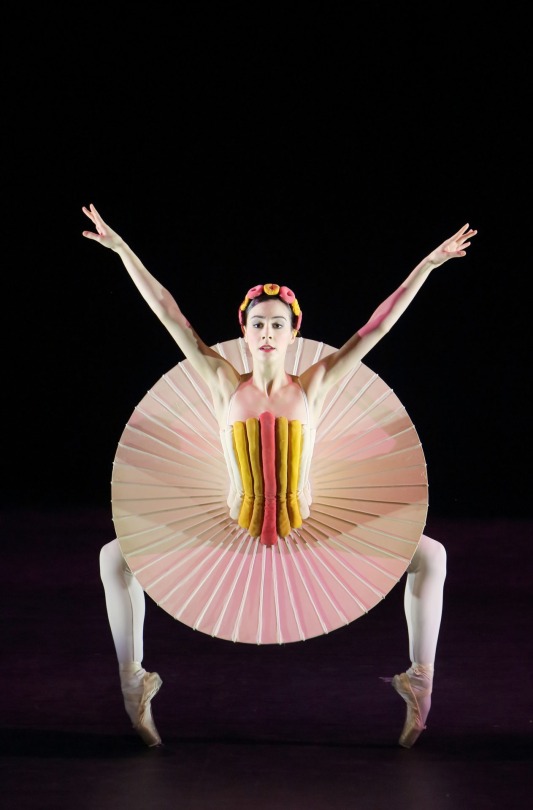



Oskar Schlemmer
Costume Design, Triadisches Ballett (Triadic Ballet)
1921-1929
(New Production, 2014, color photos: Wilfried Hösl)
#oskar schlemmer#ballet#costume#costume design#russian avant garde#bauhaus#german art#german artist#avant garde#ballet costumes#clothing design#modern art#art history#aesthetictumblr#tumblraesthetic#tumblrpic#tumblrpictures#tumblr art#aesthetic#beauty#ballet dancer
145 notes
·
View notes
Text
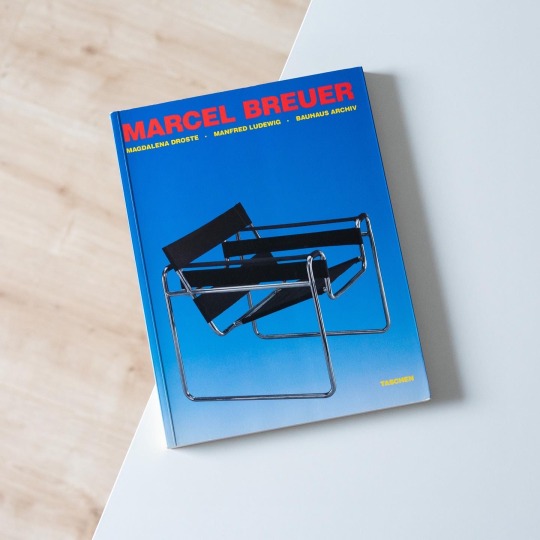
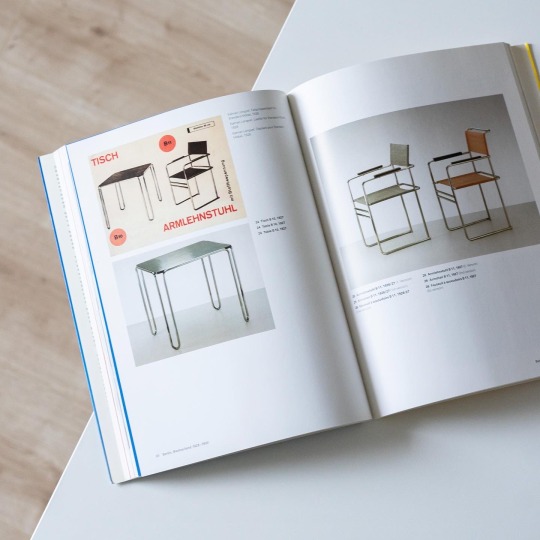
Looking back at the life and work of Marcel Breuer (1902-81) one can only be astonished: at the age of only 25 he designed the club chair that is today known as the „Wassily“, led the carpentry workshop at the Bauhaus and with great passion advanced furniture made from tubular steel. But although his architectural oeuvre in terms of size by far outdoes his furniture designs it is the latter that are still primarily associated with his name. A classic dedicated exclusively to his furniture and interiors is Magdalena Droste’s and Manfred Ludewig’s monograph „Marcel Breuer - Design“, published in several editions by Taschen (the present one is from 1994). In it Droste provides a concisely written overview of Breuer’s genesis as a designer up until his very last furniture designs in the US that unfortunately weren’t able to live up to his successes in Germany and England. She also highlights his role as a pioneer of tubular steel furniture and the adventurous production circumstances that pivotally involved steel companies not quite familiar with furniture making. Unfortunately manifold patent cases ultimately spoiled Breuer for the material.
All of the above is supplemented with what the book is about in the first place: countless historic photographs of Breuer’s furniture and interiors of which there are many more than just his primarily known designs: while at the Bauhaus, in Switzerland and England Breuer designed complete interiors, furnished them with one-off designs, created a seating line for Isokon and within less than twenty years established his legend status.
Magdalena Droste‘s book still remains the richest publication dedicated to the design works of Marcel Breuer and as such is highly recommended!
68 notes
·
View notes
Photo



The Sorrows of Satan, directed by D.W. Griffith in 1926.
"A Midnight Visit to The Neighborhood Bloodbank", by Tom Wright in 1972
An album cover for Bela Lugosi's Dead, by Bauhaus, released in 1979.
#satan#griffith#bauhaus#bela lugosi#vampire#vampire movie#art#inspiration#album cover#music#history#art on tumblr#actor#musician#gothic#historical pictures#historic pic#arte#sztuka#photography#photo
63 notes
·
View notes
Text

Oskar Schlemmer
Wire costume of the Bauhaus Triadic Ballet, 1922
#bauhaus#oskar schlemmer#triadic ballet#costume#theater costume#design#modernism#art#art history#triadisches ballet
29 notes
·
View notes